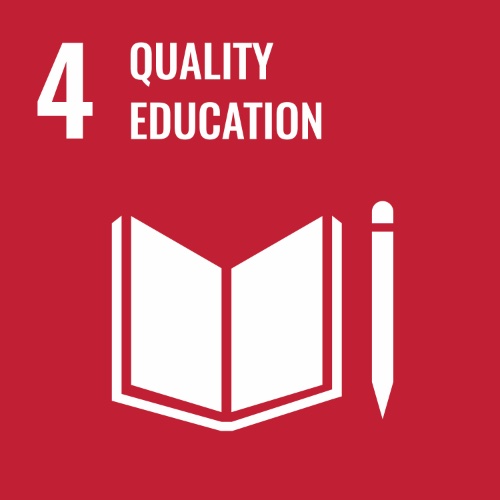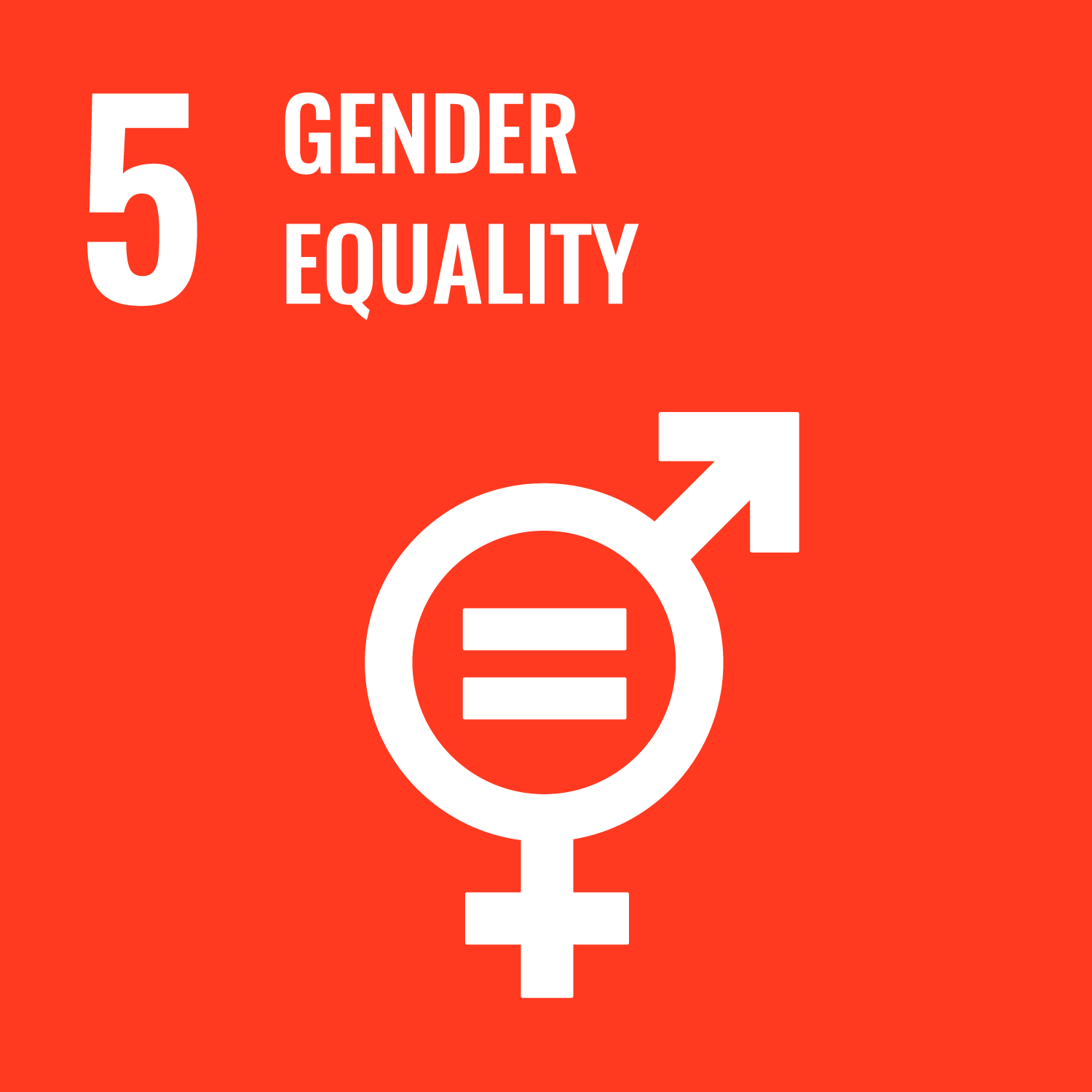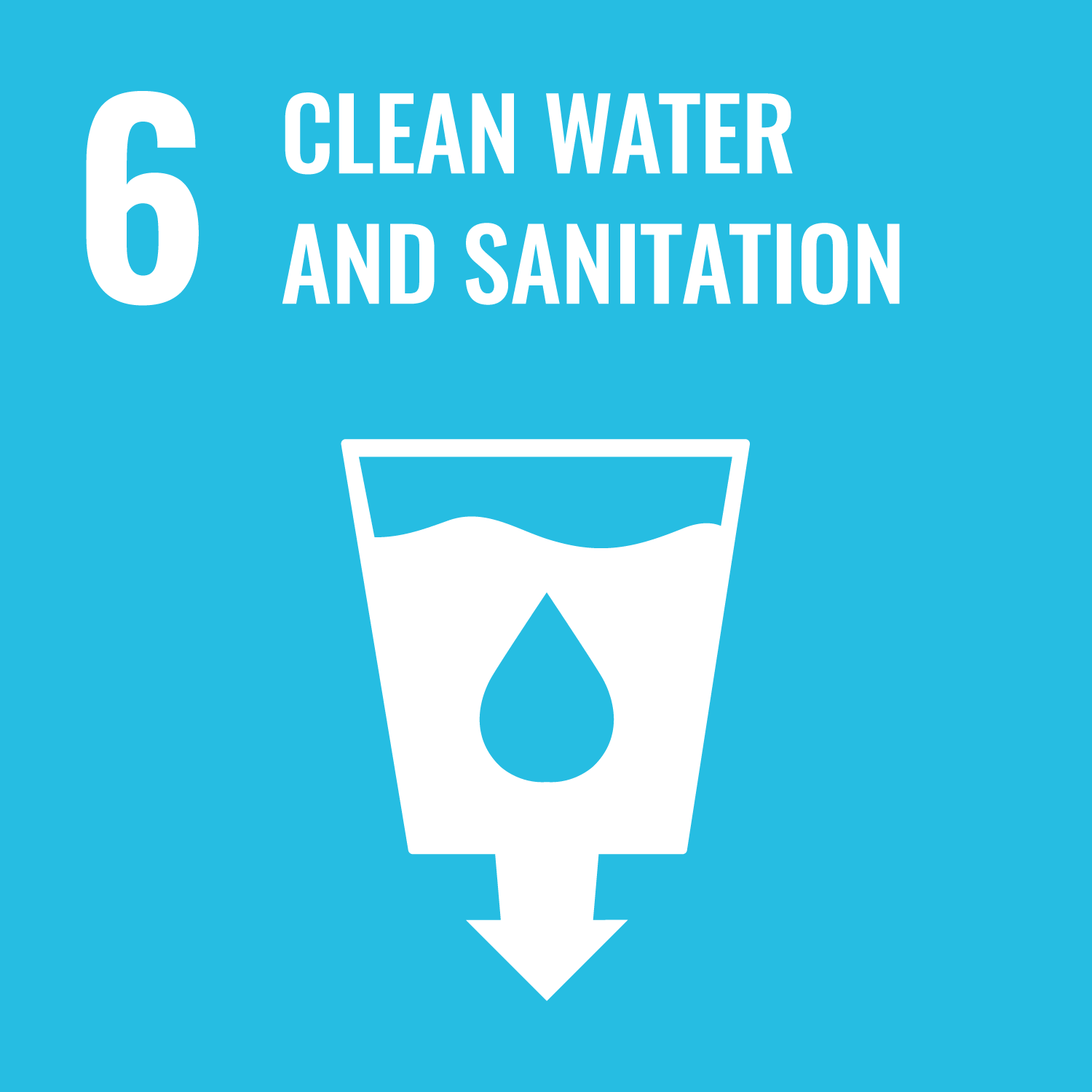This Think Piece is by Anna Wiseman, one of Edge Effect’s interns. Anna is completing the final weeks of her Bachelor of Arts Honours in Politics and International Studies at the University of Melbourne. Edge Effect’s internship program provides university students with the opportunity to learn more about our work and gain work experience. As part of these internships, students are asked to write a Think Piece about an issue or area of particular interest: for Anna, this meant exploring the ways in which diverse SOGIESC inclusion is an imperative for the Sustainable Development Goals.
Imagine for a moment that you are a high school student. You realise you’ve gotten your period, and it’s heavy. You’re at school and you need some assistance. Perhaps this is the first time you’ve menstruated, or perhaps you were caught by surprise, and don’t have any sanitary products on hand.
Now imagine that none of your teachers knows how to help you–instead of helping you, they let you know that you are making them feel uncomfortable, that this is your problem.
This scenario, of course, has been told many times before. Indeed, it’s a scenario that is repeated around the world. The stigma associated with menstruation and the lack of adequate facilities and products to manage menstruation for girls in school is a well-documented issue. Perhaps you are thinking that yes, this is an issue, but there is already significant research underway and millions of dollars directed towards menstruation hygiene management (MHM) for women and girls globally. Maybe this is a problem that doesn’t seem so wicked. But what if I now told you to imagine that you are a trans student facing this scenario? That you haven’t come out to your teachers or to many of your peers. Getting your period at school has forced you to out yourself—and not on your own terms. The situation just got a bit more complicated, didn’t it?
Despite the millions of dollars directed towards gender equality and MHM programming, there is a significant gap in global research, responses and programming that go beyond the gender binary. This gap is both the cause and effect of a multiplicity of factors: lack of data, lack of specific funding, lack of staff capacity, laws that legalise discrimination, and gender norms that punish the diverse SOGIESC community are just a few of these drivers (and consequences!). These factors have an enormous impact on the lives of the diverse SOGIESC community. But this doesn’t have to be the case. With appropriate training, development practitioners engaged in water, sanitation and hygiene (WASH) initiatives and the education sector can learn to effectively handle such situations in a manner that is inclusive of all menstruators, whether they identify as girls, women, trans men, non-binary, intersex, genderqueer or agender.
Considering WASH needs for diverse SOGIESC communities within the education space
The particular vulnerabilities faced by girls and women when accessing WASH services is well documented by development organisations. The politics of toilets, trans students, and schools makes frequent appearances in western media. But non-binary/inclusive toilets in development practice? There’s a gap. The Sustainable Development Goals (SDGs) acknowledge the overlapping and interlinkages between WASH, education and gender equality. Unfortunately, people with diverse SOGIESC are not mentioned anywhere within SDGs.
For instance, SDG 5 calls for gender equality but specifically does not mention people with diverse SOGIESC. This has flow-on effects: SDG 4, on education, aims to provide ‘inclusive and equitable quality education’ while SDG 6, on WASH, aims to provide ‘clean water and sanitation for all’—yet neither of these goals mention people (or students) with diverse SOGIESC despite young people with diverse SOGIESC representing a particularly vulnerable population. The vast majority of gender and WASH research and practice continues to focus primarily on the experiences of girls and women—excluding girls and women (and others!) with diverse SOGIESC who also face significant challenges in accessing WASH services. As a sector, we lack knowledge on the experiences of people with diverse gender identity and sex characteristics who menstruate in development contexts. This gap in knowledge has negative consequences for all people, but for students with diverse SOGIESC in particular. If the WASH needs of young people with diverse SOGIESC aren’t attended to, accomplishing SDG 4 becomes impossible.
So what are the WASH needs of people with diverse SOGIESC?
While existing research on diverse SOGIESC inclusion in WASH is limited, it suggests that trans men and other marginalised menstruators face significant challenges in accessing adequate WASH services. Physical and verbal abuse, expulsion from services, arrest by police and sexual assault are some of the challenges faced by people with diverse SOGIESC when accessing bathrooms. Trans men (and other menstruators who use male-designated toilets) face particular challenges when accessing male public bathrooms, which are not designed with MHM in mind. A lack of important services such as vending machines offering sanitary pads or tampons, and sanitary bins in bathroom cubicles to privately dispose of sanitary items are just some of these challenges. Mechanisms for MHM are often insufficient in ‘female’ public toilets—but the issue is compounded for trans men, who may have severely limited access to alternative safe spaces for MHM.
Development practitioners engaging in WASH, particularly in the education space, need to ensure that any response to these challenges takes the local context into account. And local context is important: while there has been a move in the west to create ‘gender neutral’ bathrooms, in some contexts ‘third gender toilets’ may be more appropriate. For example, a secondary school in Thailand added a third gender toilet alongside male and female toilets to provide a private space so transgender students could be free from harassment by cisgender students. Some transgender activists in India have also welcomed the idea of third-gender toilets as offering a safer space, as despite personal identification with male or female spaces, they are often harassed in these spaces. However, these responses aren’t without their limitations: in other contexts these third-gender toilets may be seen to further stigma, exclusion and prevent transgender individuals from accessing the bathroom with which they most identify. Moreover, in places where transgender or third-gender people face persecution, this visible solution would not be a viable or safe option.
It is imperative that in determining what type of WASH infrastructure is most appropriate, development practitioners are knowledgeable about the experiences of people with diverse SOGIESC, not only the broad issues that they face but also the local context.
Context is everything: Implementing diverse SOGIESC inclusive WASH services in schools
A critical factor in accomplishing the SDGs for everyone is ensuring that projects that align with SDGs—such as WASH, education or broader gender equality work—are designed with youth with diverse SOGIESC in mind. For instance, project planners or implementation staff might be unaware that trans men may also require MHM services in bathrooms. Education projects need to aim to increase understanding around students with diverse SOGIESC, and empower teachers to engage in conversations around sexual and gender diversity—and to support menstruators of all gender identities and expressions.
It is imperative that these projects are not just inclusive, but are culturally and contextually appropriate. Projects and programs cannot simply be copied from one context to another without analysing the social and legal context. For example, while specific third-gender bathrooms may be appropriate in Nepal, which has legally recognised a third-gender, this measure would be ineffective or even dangerous in states that criminalise third-gender identities. Development practitioners need a better understanding not only of the unique needs of the diverse SOGIESC community in a specific context, but also the best ways of addressing these needs through practical measures.
Diverse SOGIESC inclusive WASH services in schools are not a panacea; they do not address the underlying social causes of discrimination and marginalisation. Nonetheless, inclusive intervention at the WASH/education nexus is particularly important due to the physical and psychological harm that can be inflicted on young people with diverse SOCIESC if inclusive WASH services are not provided. Research shows that students with diverse SOGIESC are far more likely than their peers to experience bullying at school and turn to drugs and alcohol as a means of coping. Access to an inclusive WASH environment in educational settings could have long lasting effects on students’ education: inclusive WASH means a reduction in bullying, which helps people of all gender identities and expressions to stay in school; it also means students won’t have to skip school just because they are menstruating. Staying in school has long-term impacts on employment prospects, economic security and, importantly, confidence and sense of security. Implementing diverse SOGIESC inclusive WASH services are therefore necessary to meet not only SDG 4 (quality education), SDG 5 (gender equality) and SDG 6 (clean water and sanitation) but also SDG 3 (good health and wellbeing), SDG 8 (decent work and economic growth) and SDG 10 (reduced inequalities).
Thinking back to our original hypothetical scenario, re-imagine yourself as this student. You realise you’re menstruating, and are filled with momentary panic. You don’t want to out yourself to your teacher, and you’re not ready to ask your classmates for help. You remember that your school has benefited from a diverse SOGIESC inclusive infrastructure project, and all toilet cubicles are now equipped with sanitary bins and you’re able to access a discrete sanitary product dispenser while using the toilet. You excuse yourself from class, and head to the toilet. You go about your business in a clean environment and emerge. Nobody asks questions, and your identity remains yours to share.
Implementing diverse SOGIESC inclusive WASH services in schools doesn’t combat all of the challenges students with diverse SOGIESC face, but it can support their safety and wellbeing at school. Inclusive WASH services are not a cure-all, but they are a critical step in the right direction towards meeting the SDGs and leaving no one behind.








